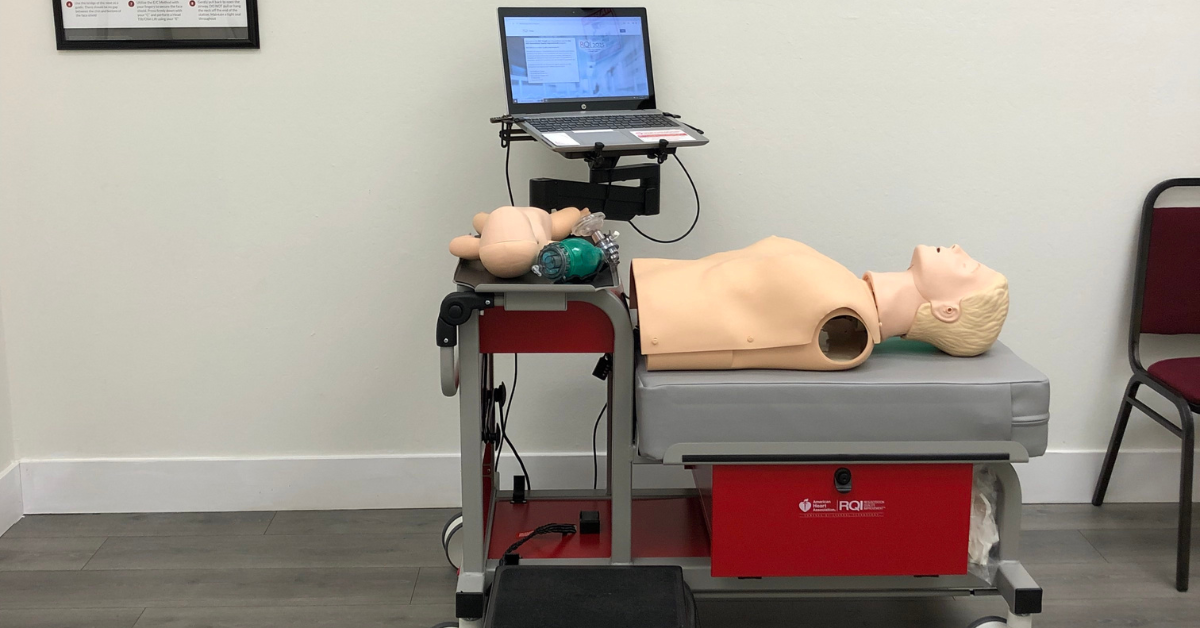Saving lives is the heart of healthcare, and Cardiopulmonary Resuscitation (CPR) is its most immediate tool. Every year, countless lives are saved because someone knew how to administer this lifesaving technique. Whether you’re a healthcare professional or someone who simply wants to be prepared, understanding CPR’s importance, history, and application is critical—not just for medical emergencies but for public safety.
What Is CPR and Its Role in Healthcare?
CPR, or Cardiopulmonary Resuscitation, is an emergency procedure designed to manually restore blood flow and oxygen to vital organs when the heart or lungs stop functioning. Its primary goal is to buy time—preventing critical brain death until advanced care arrives.
The CPR Process
- Chest Compressions: Firm and rhythmic presses on the chest to mimic the heart’s pumping action.
- Rescue Breaths (optional, as recent guidelines often recommend hands-only CPR for untrained individuals): Provided to deliver oxygen directly to the lungs.
Universal Applicability
From hospital emergencies to bystander interventions in public or home settings, CPR’s value spans both professional healthcare environments and everyday life. This versatility makes it a foundational skill that everyone should learn.
The History of CPR
Modern CPR is the result of decades of evolution and innovation.
- 1950s: Mouth-to-mouth resuscitation was introduced, revolutionizing emergency response. This method was soon combined with chest compressions for maximum efficiency.
- 1960s: The American Heart Association (AHA) began promoting CPR guidelines, cementing its place in emergency care.
- Today: Scientific research continues to refine CPR techniques, including compression-only methods, ensuring its relevance and continuity.
This timeline underscores humanity’s relentless pursuit of better ways to save lives and highlights why CPR remains a critical tool.
Importance of CPR in Saving Lives
Cardiac arrest strikes without warning, and immediate action can make the difference between life and death.
Eye-Opening Statistics
The AHA reports that:
- Nearly 356,000 out-of-hospital cardiac arrests occur annually in the U.S. alone.
- 70% of these happen at home, meaning someone close to the victim is often their first—and best—hope.
- Bystander CPR can double or triple the chance of survival, yet only 46% of out-of-hospital cardiac arrest victims receive timely CPR.
The Chain of Survival
The “chain of survival” outlines the critical steps required to maximize survival rates:
- Immediate recognition of cardiac arrest and activation of emergency services.
- Early CPR to maintain circulation.
- Rapid defibrillation to restore normal heart rhythm.
- Advanced care provided by emergency responders.
- Comprehensive post-cardiac arrest care to ensure recovery.
CPR is a vital first link in this chain, underscoring its life-saving importance.
The Role of Healthcare Professionals in CPR
Healthcare professionals are the first line of defense—and their CPR proficiency is non-negotiable.
Why It’s Critical
- Rapid Response: Paramedics, nurses, and doctors must respond effectively in seconds to prevent irreversible damage.
- Situational Complexity: Hospital settings require healthcare workers to adapt CPR techniques to varied scenarios, such as pediatric emergencies or trauma.
- Leadership in Emergencies: Healthcare providers often guide bystanders through CPR before advanced help arrives.
The Need for Continued Training
CPR effectiveness diminishes without regular practice. That’s why certifications for healthcare workers include refresher courses to stay updated on the latest guidelines.
CPR Training and Certification
You don’t need to be a medical professional to learn CPR. Accessible training programs make it easy for anyone to gain this life-saving skill.
Steps to Certification:
- Find a Trusted Training Provider:
- The Safety Training Seminars offers AHA-approved CPR certification courses.
- Programs include CPR and First Aid, Basic Life Support (BLS), Advanced Cardiovascular Life Support (ACLS), and Pediatric Advanced Life Support (PALS).
- Learn and Practice: Courses are hands-on, focusing on skill retention.
- Certification:
- Most programs provide a certification valid for two years.
- Continuing education ensures skills remain sharp over time.
Debunking Myths About CPR
Despite its importance, myths about CPR persist, often deterring people from acting during emergencies.
- “Only professionals should perform CPR.”
- Reality: Immediate action—even from untrained bystanders—can save lives. Compression-only CPR is a safe, effective option in these instances.
- “I’ll do more harm than good.”
- Reality: The risk of harming someone is minimal compared to the risk of not acting at all.
- “CPR always revives the victim.”
- Reality: CPR’s main purpose is to sustain life until advanced care can take over.
Education is key to overcoming these misconceptions and empowering more people to step up in emergencies.
Key Takeaways
Here’s why CPR is vital in healthcare and beyond:
- Life-Saving Potential: CPR helps maintain circulation and oxygen supply, preventing brain death during heart or respiratory failure.
- Bystander Impact: Immediate CPR can double or triple survival chances during cardiac arrests outside hospitals.
- Essential for Healthcare Workers: Proficiency in CPR ensures healthcare professionals are ready to respond effectively in emergencies.
- Accessible Training: CPR certification is readily available to everyone, from healthcare providers to everyday citizens.
Final Word
If saving lives matters to you—and it should—learning CPR is a skill worth prioritizing. For healthcare providers, it’s an essential part of your job. For everyone else, it’s a way to contribute to the safety and well-being of your community.
Start your CPR training today with Safety Training Seminars, offering AHA-approved courses in San Francisco like CPR and First Aid, BLS, ACLS, and PALS. The life you save might be someone you love.
Healthcare professionals looking to enhance their emergency response capabilities can benefit greatly from BLS CPR Classes in Redwood City, which are designed to meet industry standards. To get the most out of your training, be sure to review the AHA Certification Course Preparation guide beforehand—it’s packed with tips to help you succeed.








